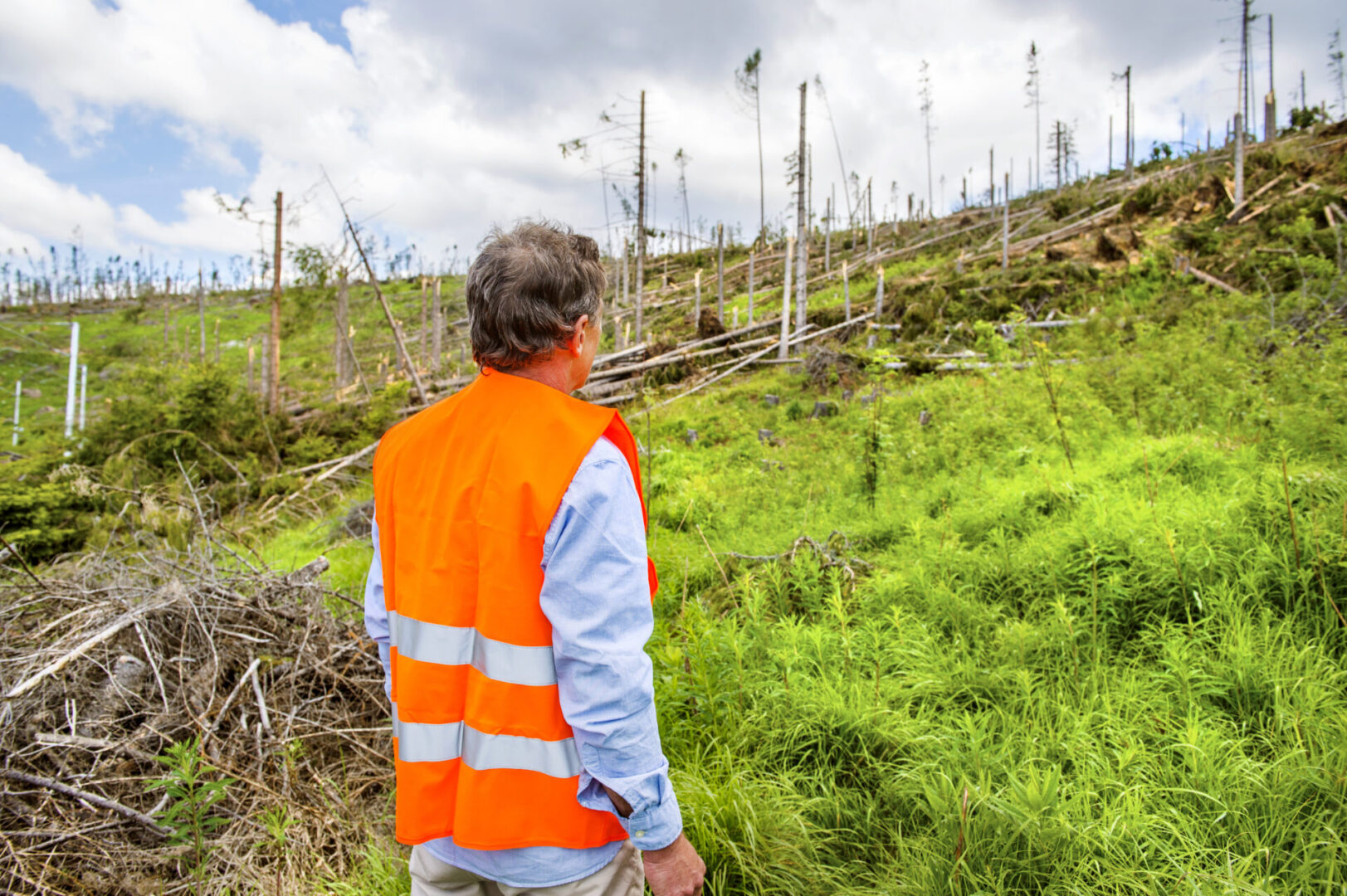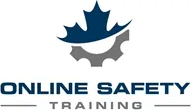Lone Worker Safety in Canada

Lone worker safety in Canada is governed by a combination of federal and provincial regulations, with specific responsibilities placed on employers to ensure the well-being of employees working alone.safetylineloneworker.com+4neovigie.com+4okaloneworker.com+4
Federal Regulations
Under the Canada Labour Code Part II, employers are mandated to protect the health and safety of all employees, including those working alone. While the Code does not explicitly prohibit working alone, it requires employers to:safetylineloneworker.comGovernment of Canada
-
Conduct hazard assessments to identify potential risks associated with lone work.safetylineloneworker.com+9SafetyCulture+9neovigie.com+9
-
Implement preventive measures to mitigate identified hazards.safetylineloneworker.com
-
Establish effective communication systems for lone workers.Protelec CheckMate+1safetylineloneworker.com+1
-
Provide training and education on safety procedures and emergency responses.
Additionally, Bill C-45 (Westray Bill) amends the Criminal Code to hold organizations and individuals criminally liable for negligence leading to workplace injuries or fatalities, emphasizing the importance of proactive safety measures for lone workers. SafetyCulture+1okaloneworker.com+1
Provincial and Territorial Regulations
In Canada, occupational health and safety legislation is also enacted at the provincial and territorial levels, leading to variations in requirements:safetylineloneworker.com+1okaloneworker.com+1
-
Provinces with Specific Lone Worker Regulations: Alberta, British Columbia, Manitoba, Saskatchewan, Newfoundland and Labrador, New Brunswick, Prince Edward Island, and Quebec have established specific regulations addressing lone worker safety. SafetyCulture+1Wikipedia+1
-
Provinces without Specific Lone Worker Regulations: Ontario, Nova Scotia, and Yukon do not have regulations specifically targeting lone workers. However, employers in these jurisdictions are still obligated under general duty clauses to ensure worker safety, which includes assessing and mitigating risks associated with working alone. okaloneworker.com+2SafetyCulture+2Wikipedia+2
Employers should consult their respective provincial or territorial occupational health and safety authorities to ensure compliance with applicable regulations.
Employer Responsibilities
Regardless of jurisdiction, employers across Canada are generally expected to:
-
Conduct Hazard Assessments: Identify existing or potential hazards that may affect lone workers.safetylineloneworker.com
-
Implement Control Measures: Develop and enforce policies and procedures to control identified hazards.Protelec CheckMate
-
Establish Communication Systems: Ensure lone workers have reliable means to communicate, especially in emergencies.Wikipedia+1SafetyCulture+1
-
Schedule Regular Check-ins: Set intervals appropriate to the risks associated with the work environment.safetylineloneworker.com+1Protelec CheckMate+1
-
Provide Training: Educate lone workers on safety procedures, hazard recognition, and emergency responses.CCOHS
These measures are crucial in minimizing risks and ensuring prompt assistance when needed.
Technology Solutions
To enhance lone worker safety, various technological solutions are available:Reliable Lone Worker Safety Solutions+3Safety Magazine+3Wikipedia+3
-
SafetyLine Lone Worker: A Canadian company offering automated monitoring services, including smartphone applications, interactive voice response systems, and satellite device integrations. Wikipedia
-
StaySafe: Provides a user-friendly lone worker app that monitors, manages, and reports on employee activity to help keep them safe. Safety Magazine
-
Neovigie: Offers solutions like the VigieApp and VigieWatch, which provide real-time monitoring and alert systems tailored for lone workers in various environments. neovigie.com
Implementing such technologies can significantly improve response times during emergencies and ensure continuous monitoring of lone workers.
Resources
In Ontario, while there are no specific regulations for lone workers, employers must still adhere to the general provisions of the Occupational Health and Safety Act (OHSA). This includes taking every reasonable precaution to protect workers, which encompasses those working alone. Employers should consult the Ontario Ministry of Labour, Immigration, Training and Skills Development for guidance on best practices and compliance.Wikipedia+3Wikipedia+3safetylineloneworker.com+3
For comprehensive information and resources, the Canadian Centre for Occupational Health and Safety (CCOHS) provides valuable guidance on working alone and related safety measures. safetylineloneworker.com+5okaloneworker.com+5Wikipedia+5
Click here for an online Canadian Lone Worker Safety training course.
